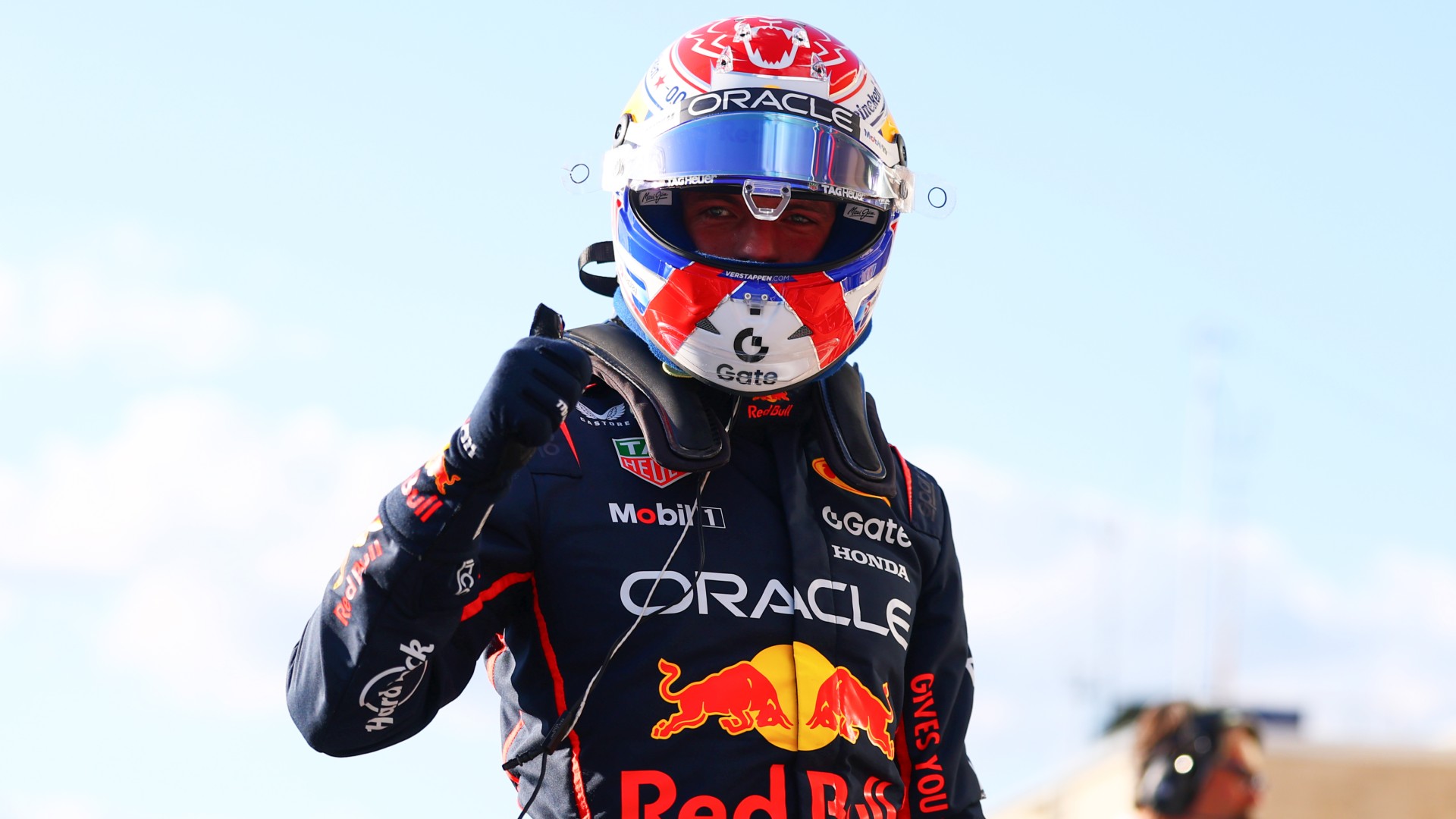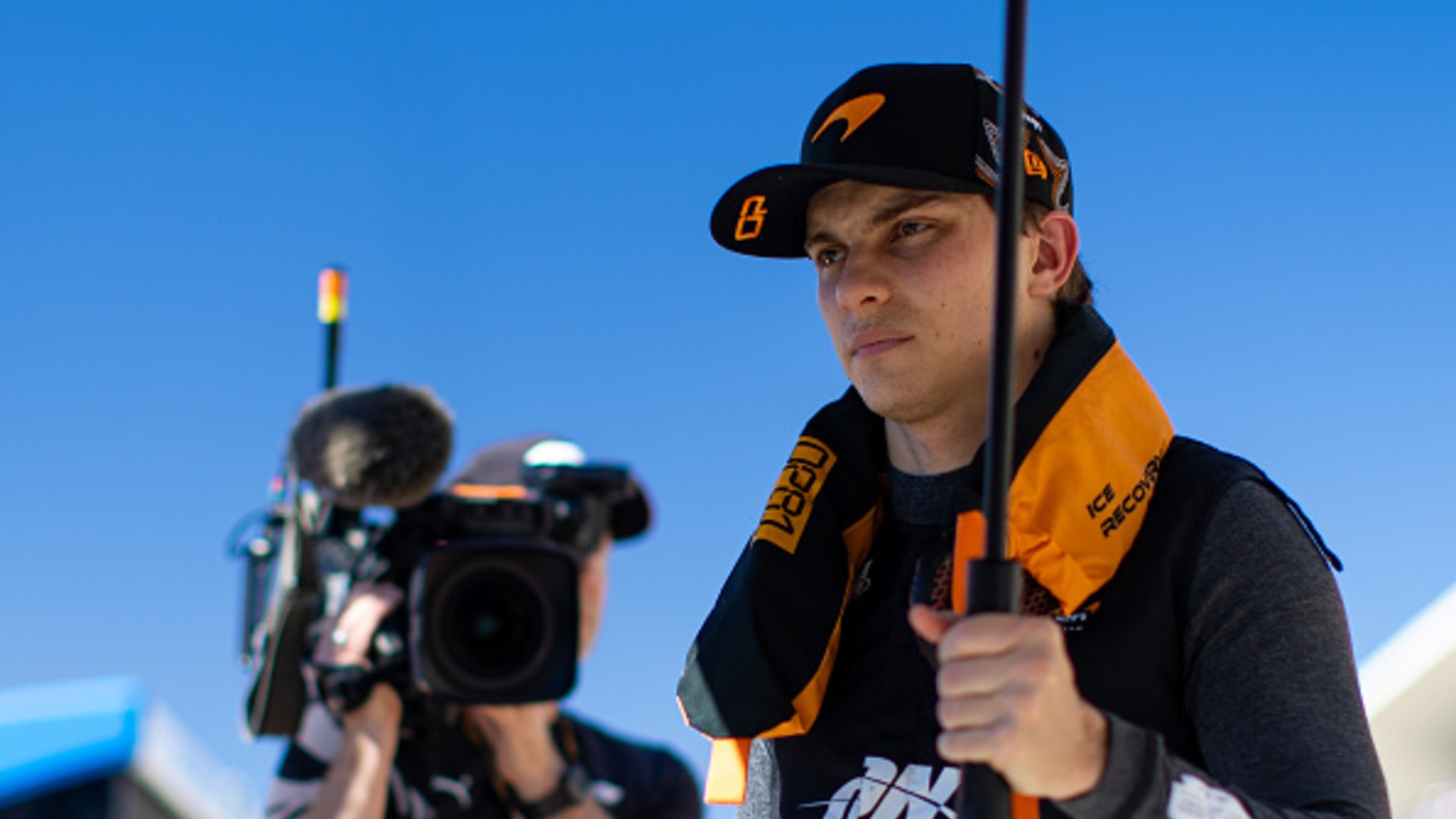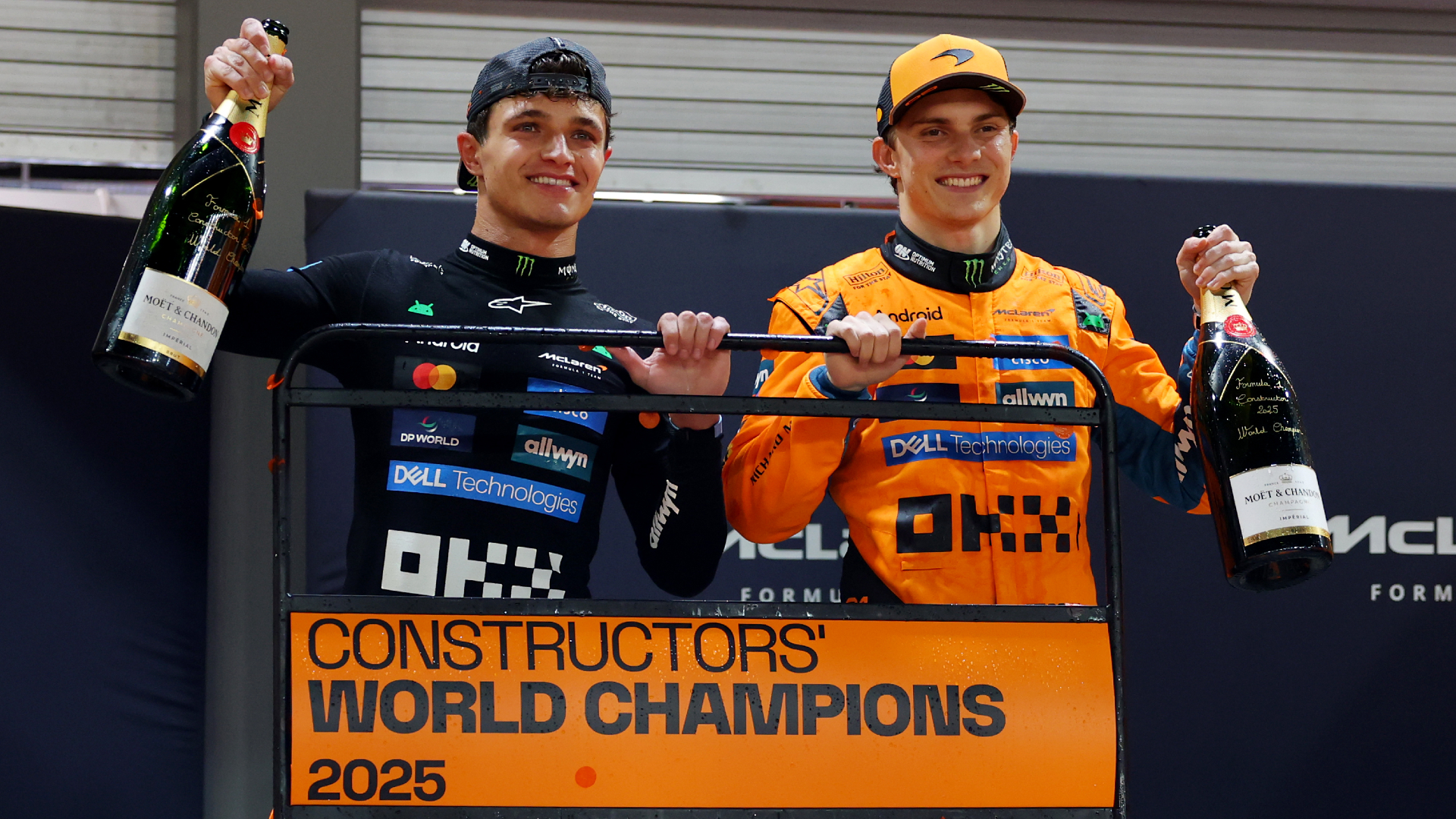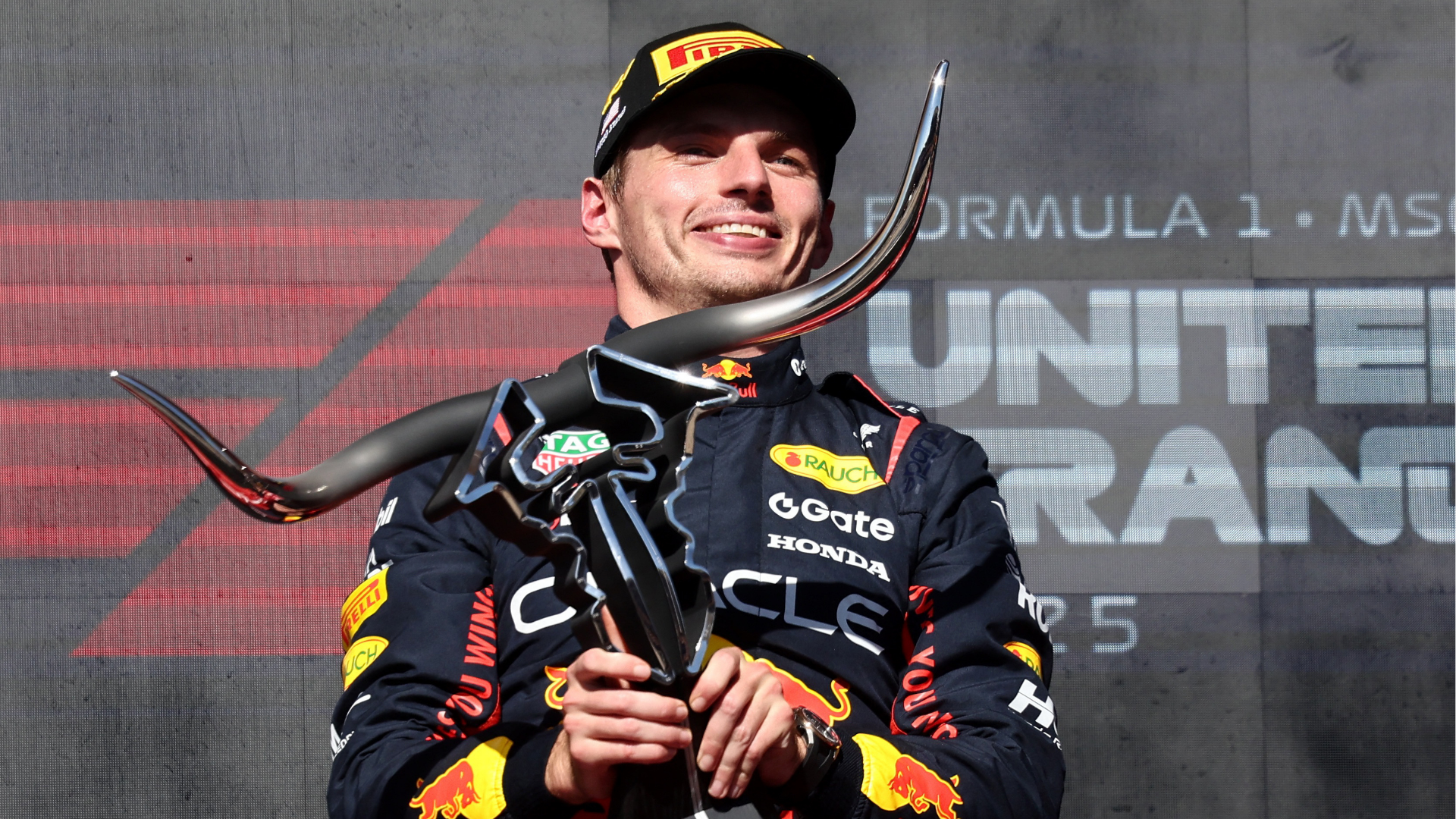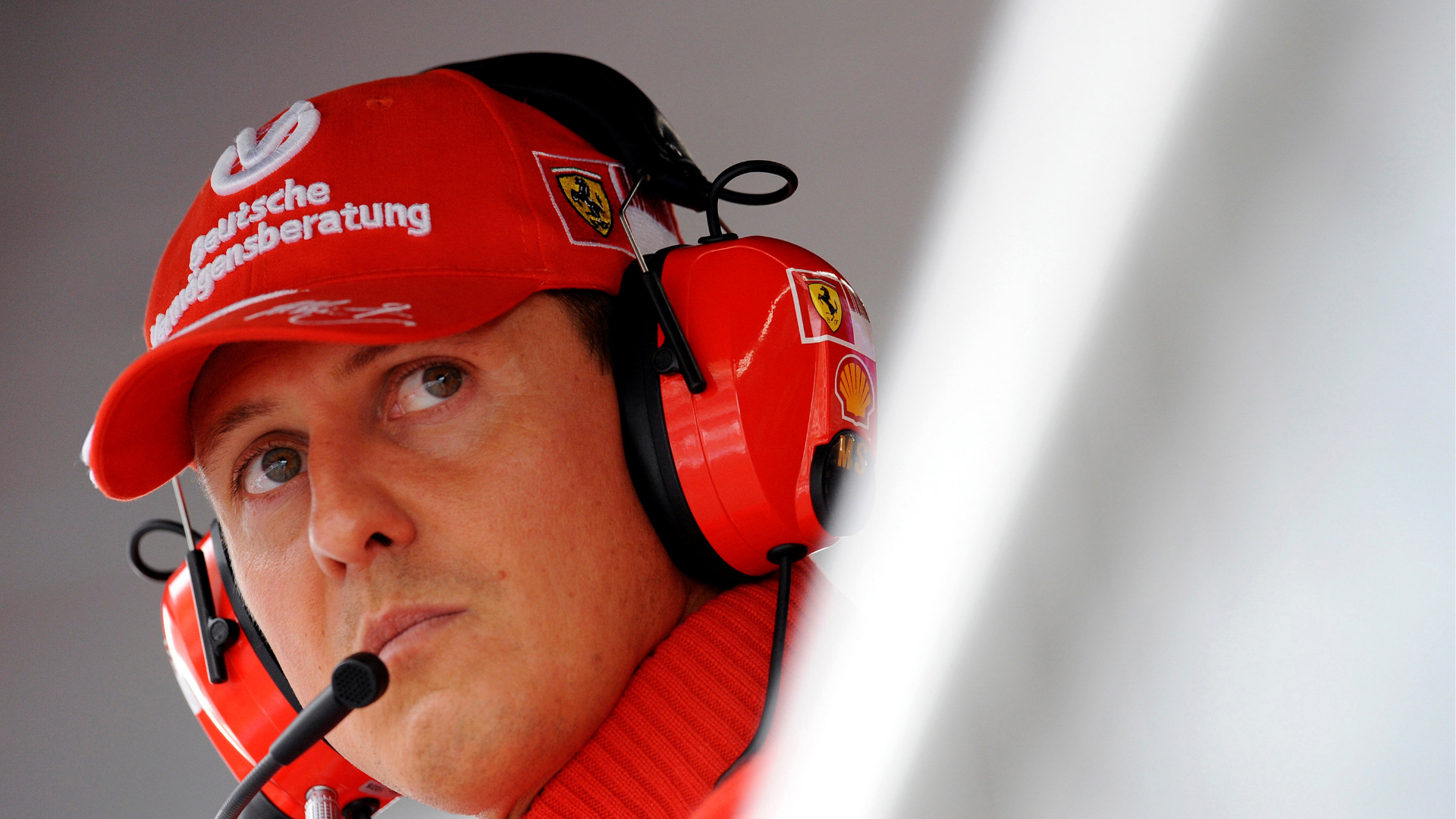The Theory About the Weakness of Max Verstappen’s Red Bull
George Russell sparked debate in Austin with a theory that could explain why Max Verstappen’s Red Bull flies in qualifying but struggles more during the race. The Briton suggests that the secret lies in the “aerodynamic map” and how the RB21 behaves when running closer to the ground.
Russell points to Red Bull’s Achilles’ heel
The Austin Grand Prix left more than just another pole position for Max Verstappen. Although the Dutchman dominated qualifying and the sprint race, his team wasn’t entirely satisfied with the car’s overall feel.
Verstappen admitted that the rear of the car “didn’t feel right,” while Helmut Marko acknowledged that tire wear was higher than expected. Red Bull attributed these issues to small setup details and expressed confidence that they would be resolved for the main race.
But while the world champions were busy fine-tuning their configurations, George Russell launched a theory that could explain the difference between Red Bull’s qualifying and race pace: the “aerodynamic map” of the RB21.
According to the Mercedes driver, Verstappen’s car reaches its full potential when it’s running extremely low something that happens mostly in fast corners and during flying laps.
“They’re unstoppable when the car runs low,” says Russell
Russell didn’t mince words:
“Max was incredibly fast, but this isn’t the first time we’ve seen that. Red Bull always shines on tracks with fast corners, pole in Silverstone, pole in Suzuka, and now again here. They have an incredible amount of downforce when the car is very close to the ground. That’s their strong point.”
However, the Briton explained that this performance doesn’t hold up the same way in race conditions. According to Russell, this difference explains why Red Bull doesn’t look as dominant in race pace as it does over a single lap. Mercedes, which suffers more when the car runs low, actually benefits under race conditions, where higher ride height and tire management even things out.
Mercedes confident of exploiting RB21 weaknesses
Russell, who will start fourth on the grid, is confident he can fight for the podium. The British driver also referred to Saturday's chaotic sprint, in which several teams failed to obtain sufficient data due to two safety car interruptions.
Meanwhile, McLaren, without accurate long-run pace information, heads into the race with unknowns. Everything points to a close battle between Red Bull, Mercedes, and McLaren, with Ferrari trying to sneak in between them at the Circuit of the Americas.
Is the gap with Verstappen narrowing?
Although Max Verstappen starts from pole position and remains the clear favorite, Russell's theory adds a new nuance to the three-time champion's dominance. If the RB21's “aerodynamic map” only shows its full potential in qualifying, the margin of advantage in the race could be reduced, especially on tracks with high-speed corners and high degradation.
Verstappen himself admitted that the car is not “perfect” and that they are still looking to improve the balance. Even so, Red Bull has demonstrated an unmatched ability to adapt and find solutions on the fly.
What looked like a weekend of total domination could turn into a tactical and technical battle. Will Mercedes be able to capitalize on Red Bull's wear and tear, or will Verstappen once again prove why he is a step ahead of everyone else? In Austin, the duel will not only be on the track, but also in engineering.









